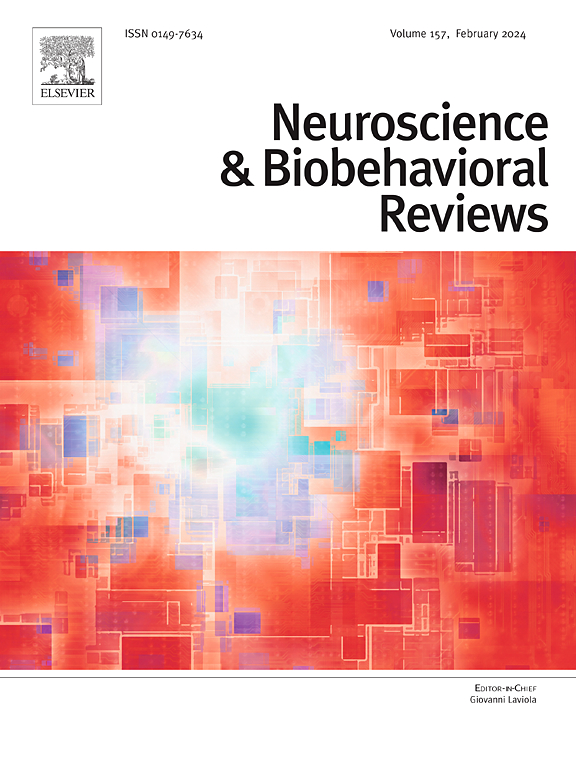Postmortem findings of organ damage in novel psychoactive substances users: A comprehensive review
IF 7.5
1区 医学
Q1 BEHAVIORAL SCIENCES
引用次数: 0
Abstract
Introduction
Despite the rising number of NPS-related deaths, comprehensive data on their prevalence, identification, and associated organ damage remain scarce.
Materials and methods
A literature search was conducted. Predefined inclusion and exclusion criteria were applied, resulting in the identification of 197 articles.
Results
We identified 446 cases of NPS-related deaths, involving a total of 176 different substances. Synthetic opioids were the most prevalent class (34 %), followed by synthetic cannabinoids (22 %) and cathinones (21 %). Co-ingestion of NPS with other substances occurred in 77 % of cases. Macroscopic findings varied across organs, with congestion and edema most observed in the brain (23 %) and lung (56 %), respectively.
Discussion
The existing literature lacks comprehensive descriptions of organs subjected to autopsy and histological examination in NPS-positive subjects. Despite this limitation, our findings underscore the prominence of lung pathology. Moreover, the prevalence of normal organs in cases of acute intoxication is a significant observation. We advocate for future research to provide more detailed insights to enhance our understanding of the multifaceted landscape of NPS-related deaths.
新型精神活性物质使用者器官损伤的尸检结果:综述。
导言:尽管与 NPS 相关的死亡人数不断上升,但有关其流行率、识别和相关器官损伤的综合数据仍然很少:进行了文献检索。采用预定义的纳入和排除标准,最终确定了 197 篇文章:我们发现了 446 例与 NPS 相关的死亡病例,共涉及 176 种不同物质。合成类阿片是最常见的一类药物(34%),其次是合成大麻素(22%)和卡西酮(21%)。在 77% 的病例中,NPS 与其他物质同时摄入。各器官的宏观检查结果各不相同,脑部(23%)和肺部(56%)的充血和水肿最为明显:讨论:现有文献缺乏对 NPS 阳性受试者进行尸检和组织学检查的器官的全面描述。尽管存在这一局限性,但我们的研究结果强调了肺部病变的重要性。此外,急性中毒病例中器官正常的情况也是一个重要的观察结果。我们主张未来的研究提供更详细的见解,以加强我们对 NPS 相关死亡的多方面情况的了解。
本文章由计算机程序翻译,如有差异,请以英文原文为准。
求助全文
约1分钟内获得全文
求助全文
来源期刊
CiteScore
14.20
自引率
3.70%
发文量
466
审稿时长
6 months
期刊介绍:
The official journal of the International Behavioral Neuroscience Society publishes original and significant review articles that explore the intersection between neuroscience and the study of psychological processes and behavior. The journal also welcomes articles that primarily focus on psychological processes and behavior, as long as they have relevance to one or more areas of neuroscience.

 求助内容:
求助内容: 应助结果提醒方式:
应助结果提醒方式:


